Eggs are used for so many dishes it is important to understand how to cook eggs. The sign of a good cook is one that can cook eggs properly! This guide will teach you how to boil, poach, scramble and fry eggs like a pro so you can use this versatile ingredient in all your favourite recipes.
Egg Basics
Eggs are a great source of protein. They can be used in a whole variety of ways, from doughs and batters to using in desserts. An essential kitchen ingredient to have on hand, eggs consist of two parts, the white and the yolk. The white is mostly protein and the yolk contains vitamins and also lecithin, which interestingly gives eggs their amazing emulsifying properties. This makes them ideal in their role as the base for mayo. Eggs come in different colours but this does not affect their nutritional value.
How To Make Boiled Eggs
Eggs can be boiled to varying stages of doneness, namely soft, medium and hard. The only thing that separates these stages of cooking is the cooking time. The longer the cooking time, the firmer the resulting cooked egg is.
Technique
Boiling an egg is all about executing a good technique. It can be easy to master if you follow these simple steps
- Use room temperature eggs
Room temperature eggs have less chance of cracking when you place them in hot water to cook when compared to cold refrigerated eggs
- Be Gentle
Always lower your eggs gently into the pot of simmering water using a spoon to prevent the shell from cracking
- Use a gentle simmer
‘Boil’ your egg in salted simmering water, not actual boiling water, this will stop the egg from moving around and possibly cracking
- Older eggs
Use eggs that are older – they will be easier to peel due to the increased air pocket at the base of the egg (the large round end of the egg)
- Ice Bath
Once cook time is up, place directly into an ice bath for 2 minutes or run under cold water to prevent overcooking of the egg or let cool completely if using eggs cold
Soft, medium and hard-boiled eggs
The texture and consistency of a boiled egg comes in three states – soft, medium and hard. Soft-boiled eggs have a lovely just cooked white with a runny yolk (soldiers anyone?) Medium has a yolk that is soft and creamy in the middle. Hard-boiled eggs have a yolk that is fully cooked throughout and firm.
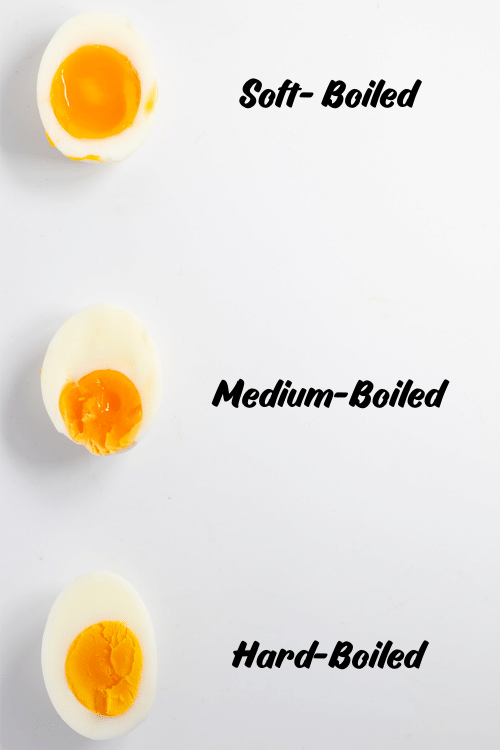
How Long To Boil Eggs
Use the times below as a guide to get your egg just the way you like it – these times are for large eggs
Soft Boiled – 8 minutes
Medium Boiled – 10 minutes
Hard Boiled – 12 minutes
Method
- Begin by bringing a large pot of water to a boil. Make sure there is enough water to cover the eggs by about an inch. Salt the water, using the ratio of 2 tablespoons of salt for every litre of water used.
- Once the water is boiling, reduce it to a simmer. Gently lower the eggs into the pan using a spoon and cook according to your preference
- When the time is up for your desired doneness of the egg, remove it immediately from the pan. Carefully place the eggs in an ice bath (alternatively run the eggs under cold water to halt the cooking process)
- Peel eggs by starting at the wide end of the egg. Gently tap on the surface of the egg to crack open the shell. Doing this under running water can help to dislodge some of the shell and make the task easier.
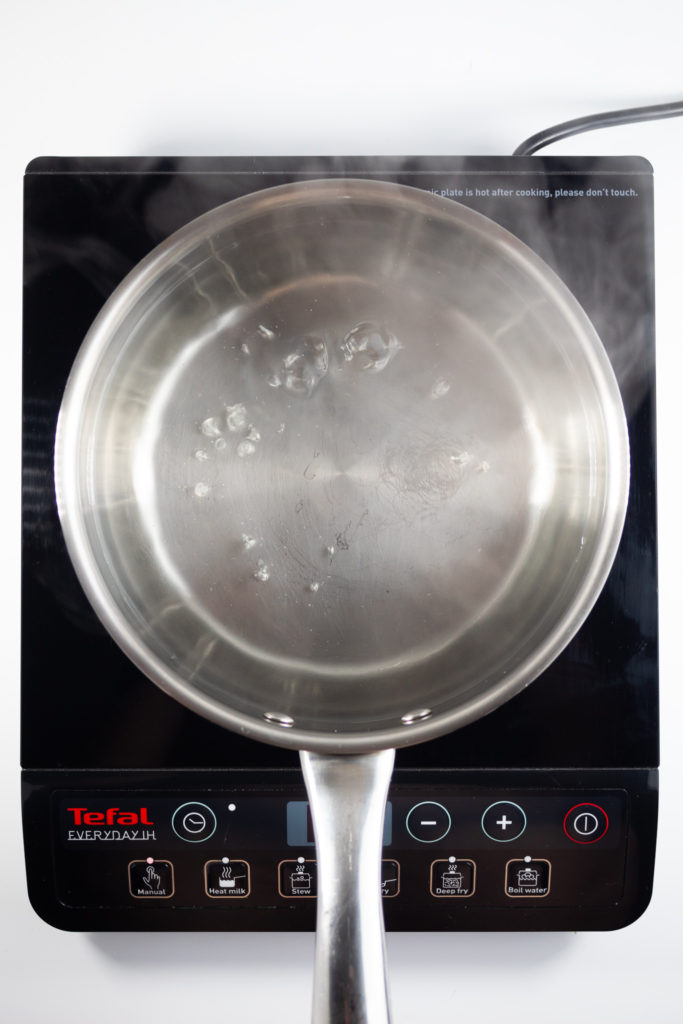
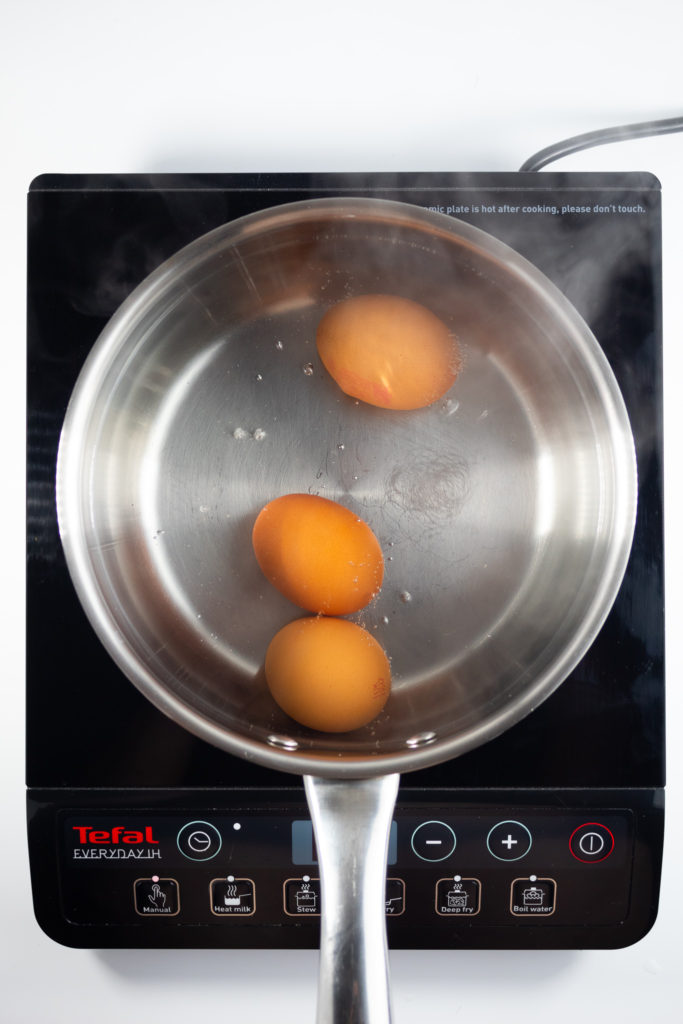
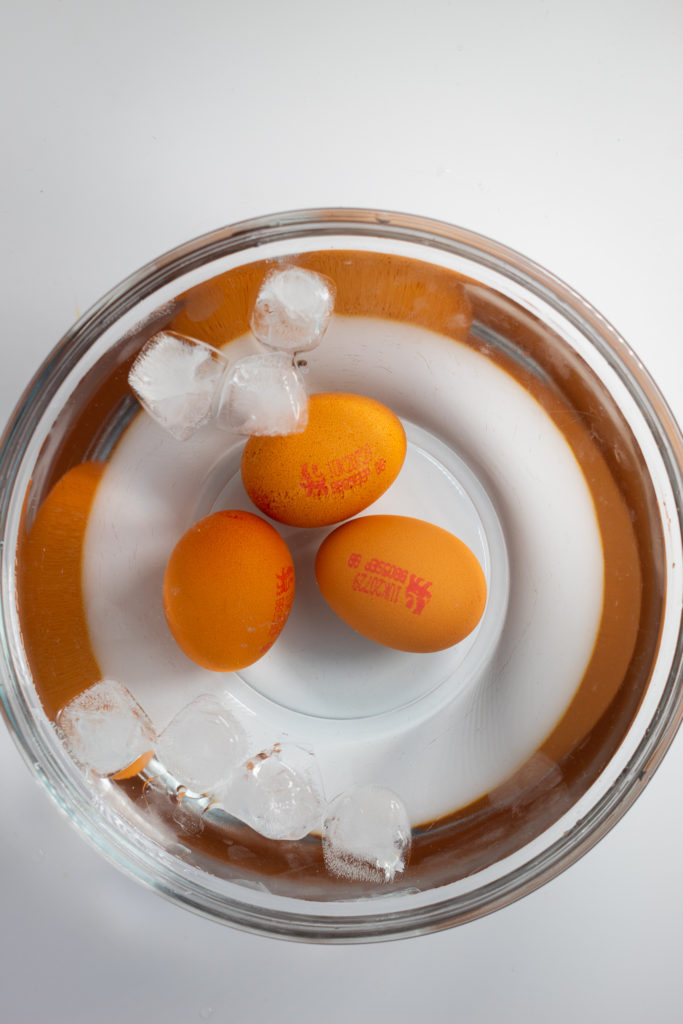
How to Make Scrambled Eggs
Scrambled eggs can be done different ways depending on how you like them, large curds or small curds and creamy texture.
Eggs are best cooked over a low heat to keep them creamy. The higher the heat, the spongier and tougher your scrambled eggs can become. The difference in texture between scrambled eggs is all in the stirring of the eggs. If you like to have large curds in your scrambled eggs, stir them slowly and easy. If you like them nice and fine and super creamy, you stir them more often – constantly stirring. I like to add butter to mine to make them extra creamy but some people add cream or even crème fraiche to their eggs at the end of cooking to make them super creamy!
Super creamy eggs
- Begin by placing the pan over medium low heat
- Add the eggs straight to the pan with a knob of butter (no need to whisk in a bowl – easier cleanup!)
- Stir continuously and quickly until small curds form and the eggs coagulate
- Remove the pan from the heat when the eggs are slightly undercooked and still a bit runny as the residual heat from the pan will finish them off
- Season at the end as this will prevent the eggs going watery
Follow the same process if you like your eggs to have larger curds – just stir less often and more slowly, it’s that easy!
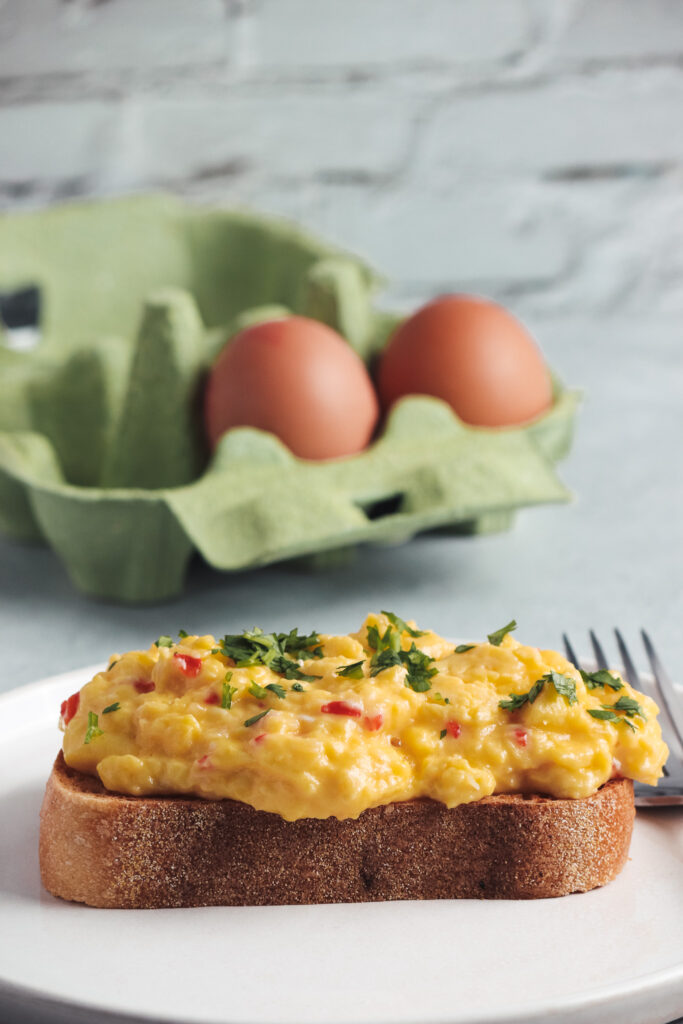
How to Fry Eggs
Pan frying eggs are cooked to different levels of doneness and everybody likes their eggs a certain way. Fried eggs vary from sunny-side up to hard and to crispy.
Sunny Side up
- Using a non-stick pan – place over low heat and add a little oil
- Crack the eggs into the pan and cook over low heat
- Once the egg whites have set around the yolk, the sunny side up eggs are ready (around 3-4 minutes)
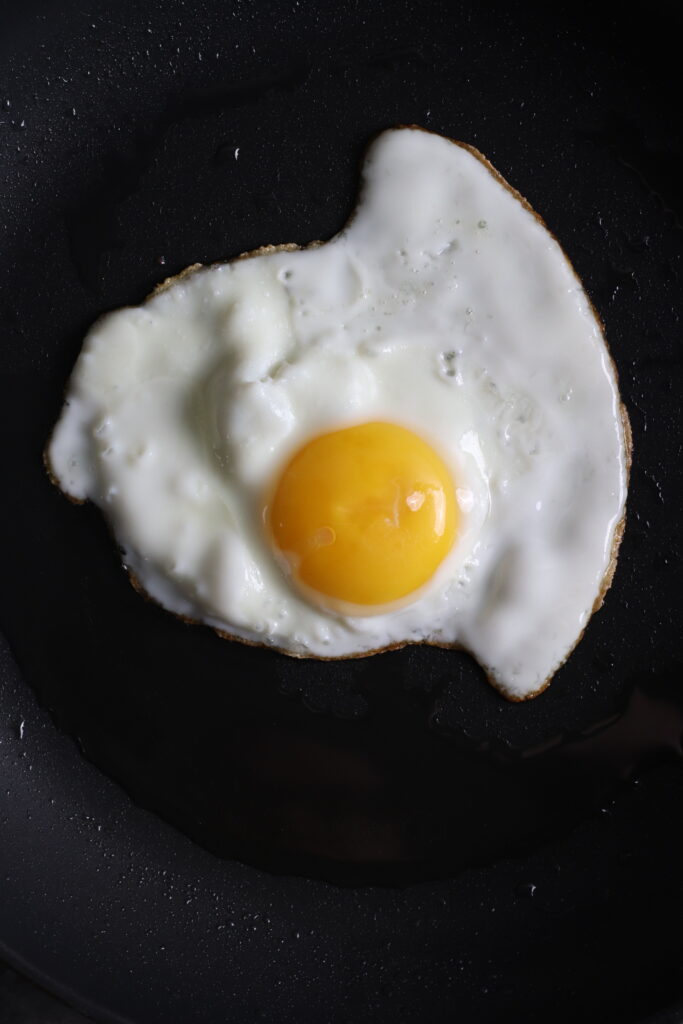
Over-easy, over medium and over hard eggs
- Place the pan over a medium-low heat with a little oil
- Cook until the whites are about ¾ cooked
- Flip over the eggs onto the yolk side (you can either toss them or use a spatula)
- Cook depending on desired doneness
- Over easy – cook for 30 seconds once flipped then serve
- Over medium – cook for around a minute once flipped, then serve
- Over hard – cook for 90 seconds to two minutes until the yolk is set, then serve
If you like an egg with a crispy edge, simply turn up the heat to a medium or medium high heat depending on how crispy you like the egg whites to be. Getting your fried eggs the way you like them is an individual thing and takes practice – keep on frying!
Poached Eggs
These eggs are cooked in water without the shell and when done properly, they look like little balls of mozzarella! It’s best to use nice cold fresh eggs as the whites stays together more easily when added to the water.
To poach eggs, it’s best to use a pan that is filled with at least 3 inches of water, adding 2 tablespoons of vinegar for each litre of water used for poaching. Poaching eggs is all about technique:
- Bring the water up to the boil, then reduce to just below a simmer
- Crack the egg into a sieve and let the watery white drain off
- Lower the egg into the water
- Cook the eggs until the white is firm and the yolk is cooked. Nudge under the egg to ensure it doesn’t stick to the bottom of the pan
Cooking times for your eggs
Find below the times for cooking your poached eggs to your liking – for me, it is soft poached every time – I want that runny yolk!
Soft poached – 3-4 minutes until the yolk is cooked but still runny
Medium poached – 5-6 minutes until slightly set
Hard poached – 7-8 minutes and set all the way through

Try Another Recipe
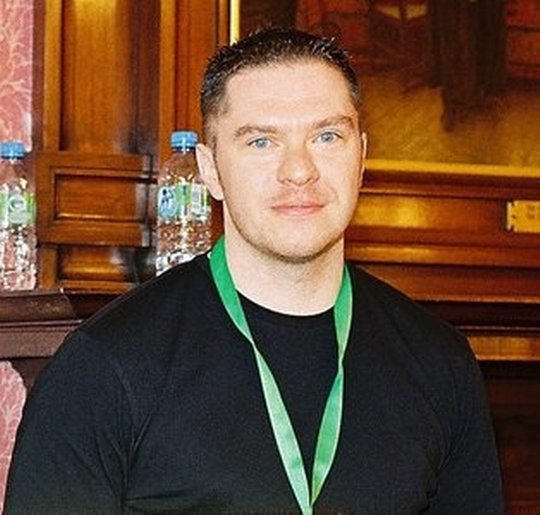
Hi, I’m Paul! I’m a passionate home chef, recipe developer, and food lover who believes that cooking should be fun, rewarding, and stress-free! Through Scoffs & Feasts, I share my favorite tried-and-tested recipes, cooking tips, and troubleshooting advice to help home cooks gain confidence in the kitchen. Whether you’re a beginner or an experienced foodie, I hope my recipes inspire you to try something new.
